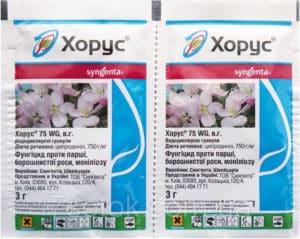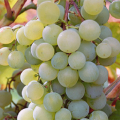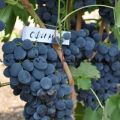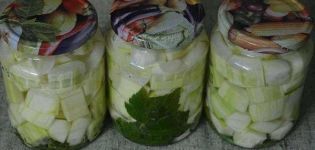Description and characteristics of Saperavi grapes, growing region and care
Growing your own vineyard in order to produce juice, create blanks for the winter or make wine is not an easy and exciting task. There are a large number of technical varieties that are perfectly suited for these purposes. These include Saperavi grapes, the breeding history of which goes back more than a dozen years. Let's see how it is useful and how it is grown.
Breeding history
Saperavi is one of the most famous grape varieties from Georgia, the birthplace of which is Kakheti. Due to its taste, the variety has become widely known and is bred in countries such as:
- Armenia;
- Ukraine;
- Kazakhstan;
- Bulgaria;
- Uzbekistan.
The most suitable region, in which ideal conditions for growth are observed, is the region of the Black Sea basin. Experts advise against breeding this variety in the Mid-latitudes. This is due to the late ripening of the variety, due to which the crop does not have time to form properly.
Description of the variety
So, we figured out where Saperavi "North" grows, now let's get acquainted with a detailed description of the variety:
- The variety does not need a third-party pollinator, as its flowers are self-pollinating.
- The bunch is medium in size and weighs about 150 grams.
- The berries are medium, with a dense, dark blue skin.
- Has good juiciness indicators. From 100 liters of the crop, 85 liters of juice are obtained.
- There are few seeds in the berry. Usually - no more than a couple of pieces.
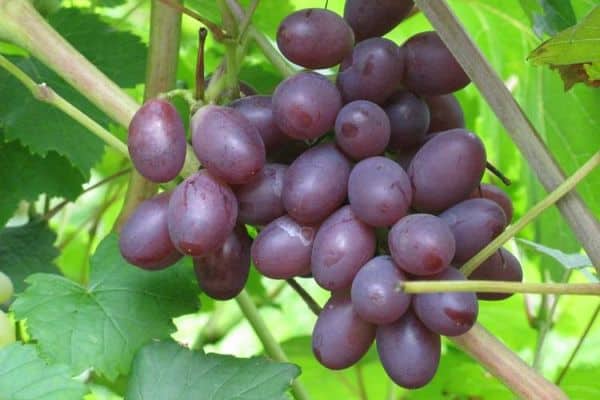
Note! Saperavi juice contains many colorants. This must be taken into account when preparing and tasting it.
Landing principle
The quantity and quality of the harvest depends not only on the grape variety, but also on the correct adherence to the planting principles. Beginner gardeners need to know the following things:
- how to find the right landing site;
- how the soil is processed on the site;
- how to plant a crop correctly.
Seat selection
The main criterion that should be followed when choosing a location is illumination. The more sunlight hits the site, the better.
You should not plant a crop in a place that is blown by winds, especially from the north side. This will negatively affect the growth and quality of the crop.
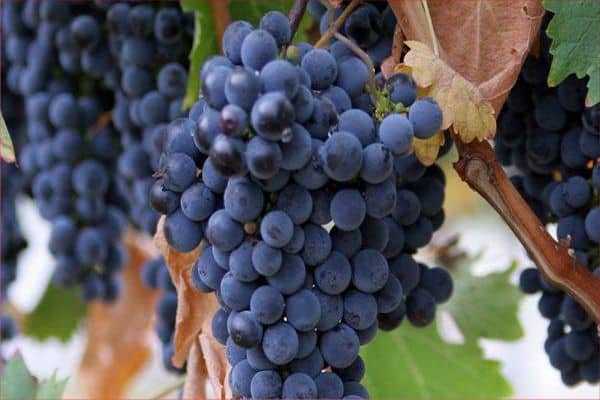
However, you should not build up a plot with grapes with a high fence either. The planting site must be ventilated, otherwise there is a risk of infection of the culture with fungal diseases.
Tillage
The soil does not have a strong effect on crop growth.It is preferable to plant the plant in loose soil, which quickly warms up in the sun. Preferred soils include:
- black soil;
- loam;
- light loamy soils.
It is not recommended to plant a crop in:
- sandy soil;
- on clay surfaces;
- soils with high acidity;
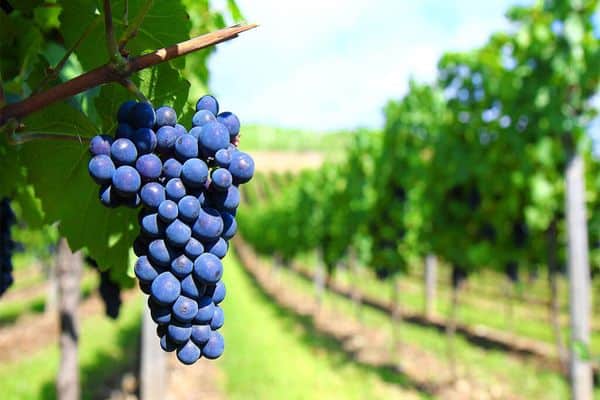
The grapes are planted as follows:
- the width and depth of the hole for the seedling - 100 centimeters;
- the hole is filled with a mixture of fertile soil and fertilizers;
- add a little coarse sand and gravel;
- before planting, the hole is watered abundantly with water.
Landing
The planting of Saperavi is carried out in the fall. The optimum temperature on the day of planting is 15 about during the day and not less than 5 about at night. Such terms are suitable for southern regions with a warm, mild climate. Possible planting grapes in spring - from mid-April to early May. If steppe prevails in your region, planting time is postponed two weeks later.
Correct care
It is not enough to plant Saperavi correctly to hope for a good harvest. Grapes require timely and systematic self-care.
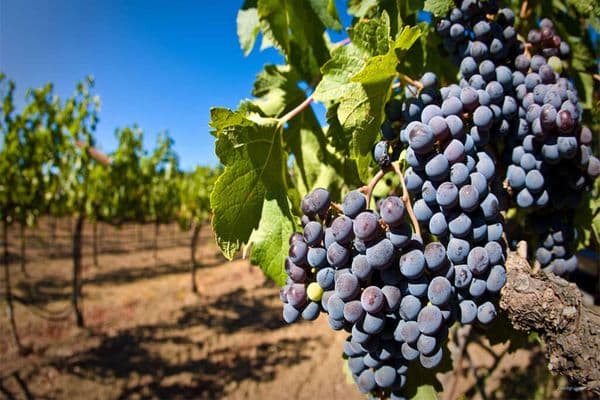
Watering
Thanks to the powerful root system, the culture is able to extract moisture on its own, but it needs to be replenished with moisture from the outside during the following periods:
- swelling of the kidneys;
- after the plant has bloomed;
- during the formation of berries.
Important! Do not water Saperavi when it is in bloom. Due to the excessive amount of moisture, flowers will begin to crumble.
Pruning
Pruning grapes forms a bush and stimulates the fruiting process. Make sure that no more than 60 eyes are formed on the bush. Pruning is carried out by 10 eyes, and in some areas, for example, in the Crimea, by 8th.

Shelter for the winter
Young grape shoots are covered for the winter completely, with special structures made of film. Adult shoots are able to withstand frosts down to -20 about, so you should only worry about the root system, mulching the soil around the seedling.
Top dressing
Manure is called the ideal fertilizer for grapes. It provides the culture with all the substances necessary for growth and development. Fertilizing the soil with manure is desirable in the spring, in proportions of 6 kilograms of fertilizer per 1 square meter. After harvesting, experts advise to fertilize the soil with substances with a high content of phosphorus and potassium.
Advantages and disadvantages of the variety
The variety has a number of advantages, including:
- increased frost resistance;
- the variety brings a bountiful harvest;
- self-pollinates;
- tolerates transportation over long distances without complications.

Disadvantages:
- poor resistance to pests and diseases;
- shedding of inflorescences.
Pests and diseases
Susceptible to various types of fungal diseases, in particular:
- Mildew.
- Oidium.
- Gray rot.
- Phyloxera.
The best protection against them is preventive examinations of the plant and the removal of leaves damaged by the disease at the initial stage of development.
If it was not possible to prevent the onset of the disease, use special preparations to combat harmful organisms.
